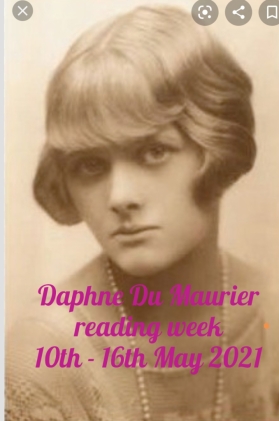 My dear friend Lorna got me The Butterfly Lampshade (2020) for my birthday last year, after the bookseller in Kramer Books, Washington DC, told her it was similar to our beloved Marilynne Robinson. Having finished it, I am not sure that is true – but the novel is nevertheless excellent, and I can sort of see where he/she was coming from…
My dear friend Lorna got me The Butterfly Lampshade (2020) for my birthday last year, after the bookseller in Kramer Books, Washington DC, told her it was similar to our beloved Marilynne Robinson. Having finished it, I am not sure that is true – but the novel is nevertheless excellent, and I can sort of see where he/she was coming from…
The novel is about Francie – looking back on her childhood as someone in her late 20s. Her mother has had repeated psychotic episodes, and the last of these means she cannot care for Francie anymore. On that particular night, Francie is eight and has started staying with a babysitter as she prepares to travel to Los Angeles to stay with an aunt and uncle and their new child. In the midst of an episode, Francie’s mum has told her that there is a bug inside her.
But it turned out that my mother was right about the bug. She was several days too early, and mine had not been crawling, but there would end up being a bug in me after all, just a few days after she checked into the hospital, my fated bug, a butterfly I’d found at the babysitter’s apartment, floating like a red and gold leaf so prettily on the top of a tall glass of water. I did not have any other way to hold on to it, and I could not possibly leave it in the babysitter’s apartment, and the only contained handy was myself. Time was short. I drank it down because I had to.
This butterfly exactly matches the one on the titular lampshade – and this is the first of three instances of something emerging from its background. Though Francie never sees the moment at which the thing emerges from 2D to 3D, and nobody else ever sees the aftermath. There is the butterfly from the pattern of butterflies on a lampshade, the beetle from the picture of a beetle, and roses that have fallen out of a curtain patterned with roses. As the narrator looking back, Francie often lists these three events together as a sort of mantra – the lampshade, beetle, and roses are an iterative pattern long before we hear about the second and third events in detail. Initially, indeed, I thought I’d somehow missed these events being described. That’s just one of the ways that Bender’s narrative disconcerts the reader. She doesn’t give us all the information, or let us settle in one spot for too long.
In the present, Francie makes her living by buying objects at garage sales, cleaning them up, and selling them online. It sounds like one of those careers that people only have in sitcoms, but that sort of suits the uneasy relationship with reality that The Butterfly Lampshade has. The novel is not going to come out on either side of the ‘is this really happening?’ debate, when it comes to butterflies, beetles, and roses. It feels like that is somehow the least interesting question to ask. Instead, it asks questions like why does Francie fixate on it so much, or what does it mean about her relationship with her mother.
Francie is still in touch with her mother – mostly by phone, but sometimes in person. Her aunt and cousin have become more like mother and sister – just another way in which truth and fiction are intertwining entities. The same thing comes through in Bender’s writing, casually laden with metaphors and other imagery. I love this idea of ‘bumped around our sentences’ here:
It was awkward without my aunt there; we bumped around our sentences as if we’d just met, and when my mother asked again about the flight I told her every detail I could think of, hanging on to the tiny pieces of information like they were stepping-stones between us, which they were, including telling her my drink choice, and information about my seat companion, and how long I had waited for the bus (twenty minutes) while she listened with her large and hungry eyes.
For a novel with a fantastic premise, The Butterfly Lampshade is not really interested in plot. It is a slow-paced, thoughtful, and moving examination of family relationships and mental illness – as well as how memory does or doesn’t work, and how we form our own senses of identity.
In fact, the more I describe it, the more I can see what the bookseller was saying. While the writing style is nothing like Robinson’s, it suits similar reading moods – where you want something to read slowly and almost meditatively, to explore the depths and details of human relationships. It was a very good book – and I can sense that it would be even better a second time around.







